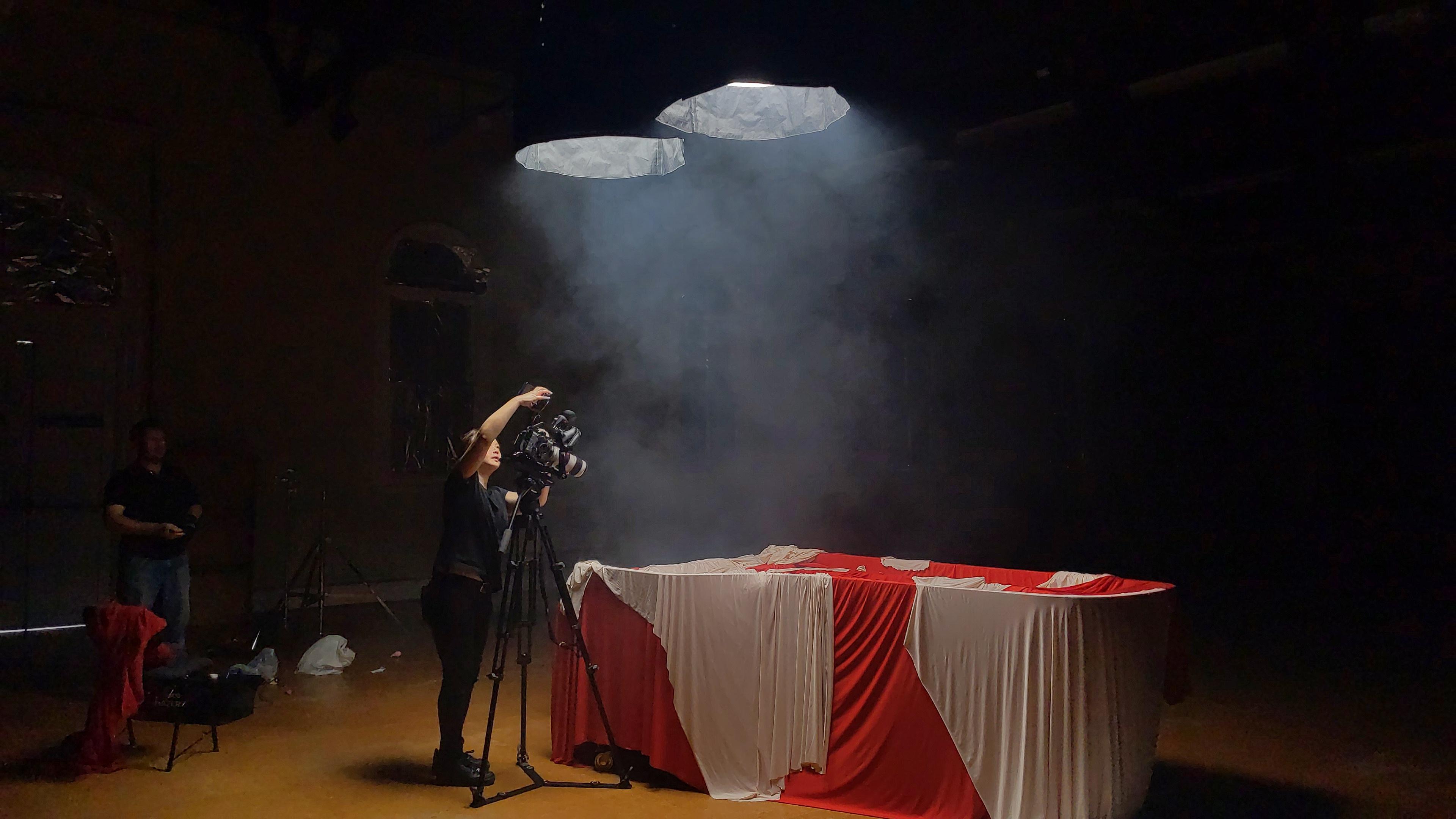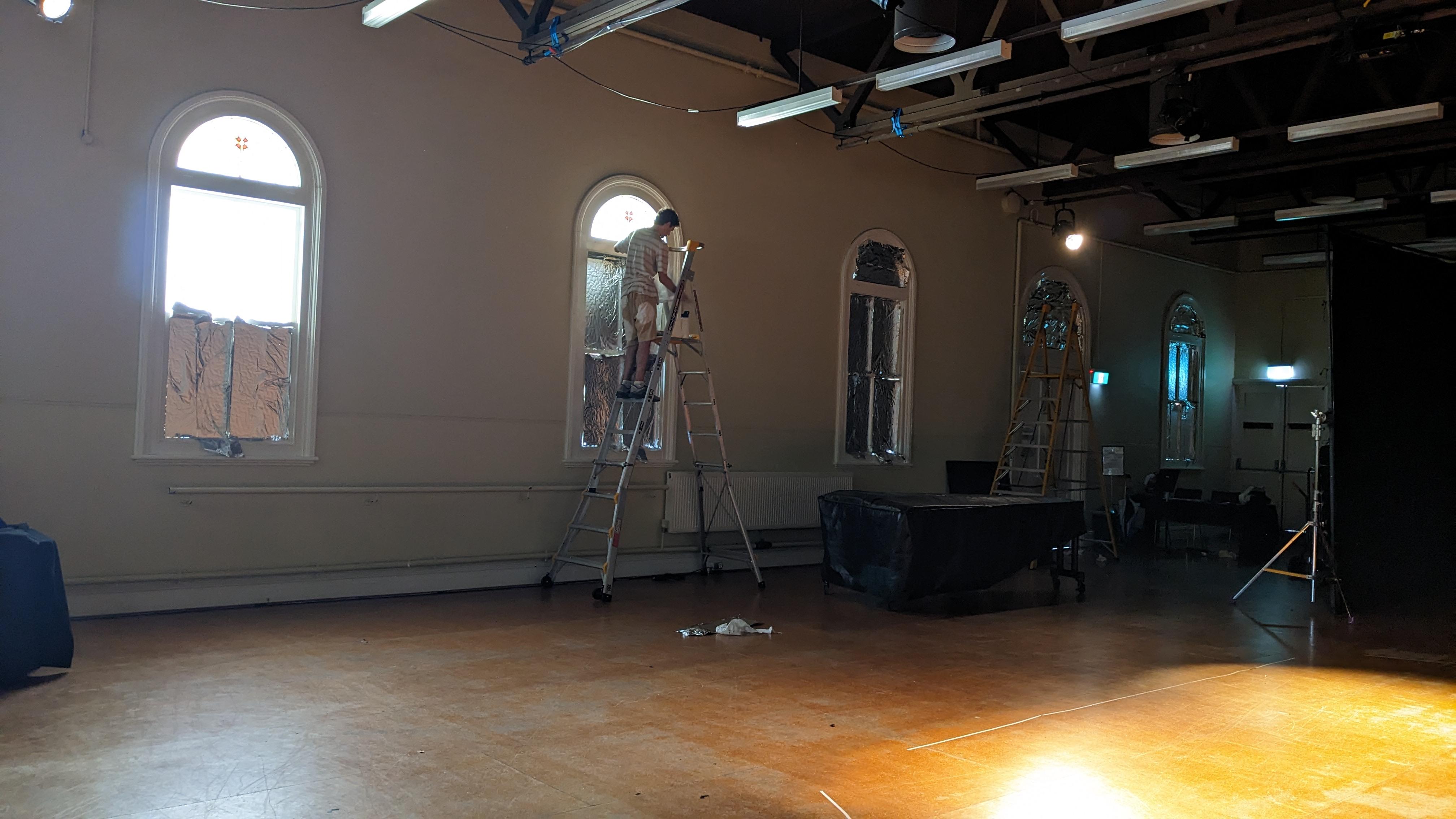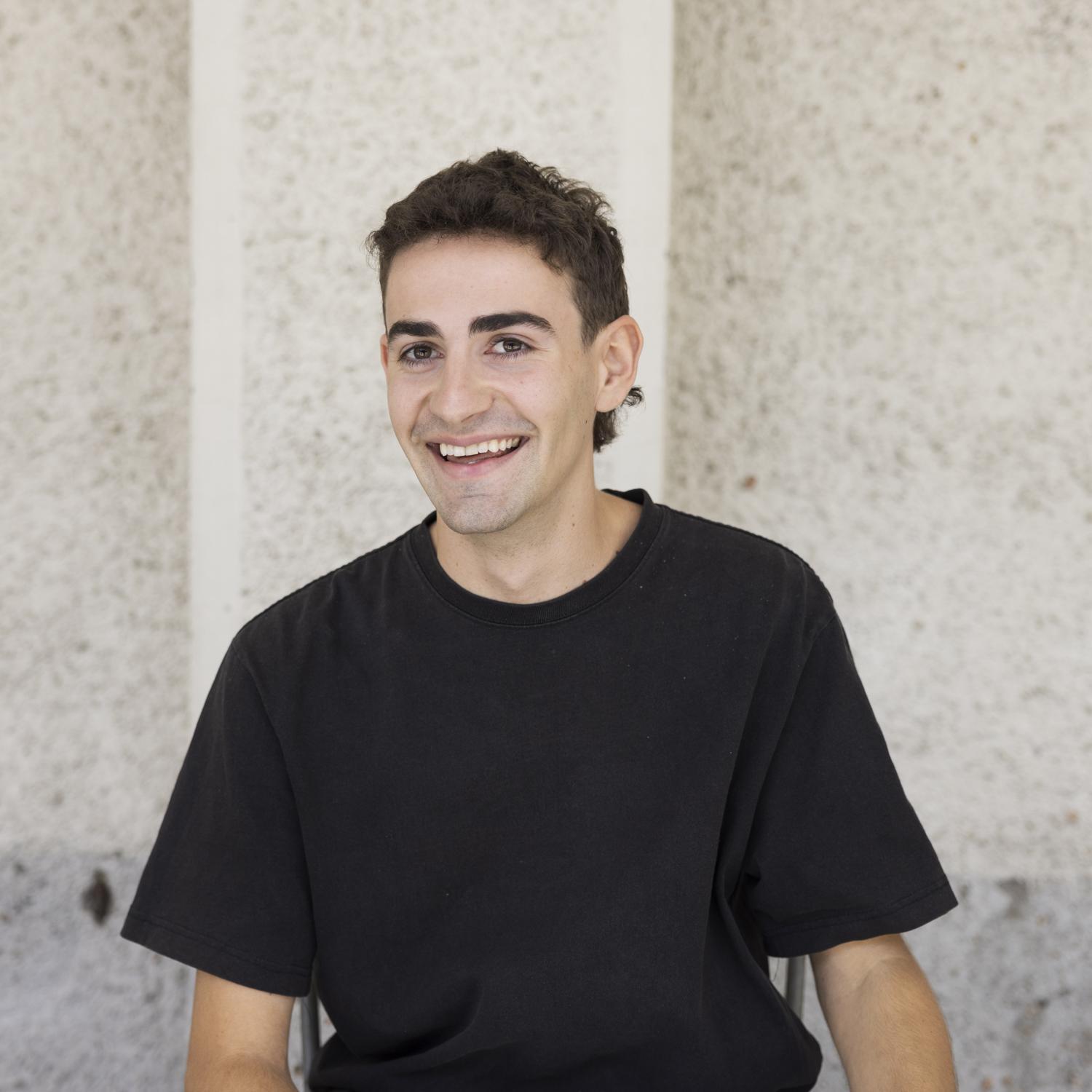In a very special collaboration between ANAM Pianist Ronan Apcar and Polyphonic Pictures, the second movement from Einojuhani Rautavaara's piano sonata The Fire Sermon is captured in a unique and thrilling new way. Music, the Piano, Ronan's performance and a rich visual language binde together to form a unique video experience.
We speak with Ronan about the development and gestation of this project, as well the other projects keeping Ronan busy in 2024.
Tell us about this magnificent piece by Rautavaara – the second movement from the piano sonata ‘The Fire Sermon’ - how did you come across Rautavaara and this work, and what drew you to using this piece as the basis of this collaboration with PolyPhonic Pictures?
The Fire Sermon was the first piece of Rautavaara’s I came across when someone back in my high school music class played it. I was totally bowled over by it because I hadn’t yet heard music like that before and I remember vowing to myself that one day I would play it.
Since then, it’s become my hands-down favourite piece to perform – there’s no other piece I feel more spiritually connected with. It’s hard to describe, but I kind of feel like I am this piece and this piece is me; that I’m embodying its spirit and letting it pass through me unfettered.
So, when I had the opportunity to collaborate on a video with PolyPhonic Pictures, I couldn’t go past The Fire Sermon. All three movements are extraordinary, but the second movement is where the real magic is. Only four minutes long, it swings between pure serenity and hellish violence. I have incredibly strong abstract images in my mind when I play the second movement, and I wanted to turn those abstractions into something more concrete. The intention was to extend Rautavaara’s work through an audiovisual medium, instead of making a music video of my performance.
How did you find the collaboration with PolyPhonic Pictures? As a performing artists, how do you bring that approach to a visual medium?
Even though I have these strong feelings and images about The Fire Sermon, they are abstract. I’d say I felt out of my depth because I don’t really ever work with visual language, so I didn’t know how to express what I wanted in terms of scene, lighting, shots, or visual subject matter - almost like I didn’t know what I didn’t know. So, this was a satisfying collaboration when Agatha Yim from PolyPhonic Pictures was able to both materialise my abstract ideas and thoughts and bring her own ideas about what she thought and how she felt about the music.
It's fascinating to bring the abstract world of the piano sonata and the literal world of film together. How did you come up with the visual language that we see in the video?
I have to give credit mostly to Agatha for coming up with the visual language! I felt quite strongly about maintaining a sense of the abstract in this video, so we avoided any clear sense of ‘scene’ and worked with a lot of (extreme) close-ups – kind of like a visual synecdoche.
For the actual visual subject matter, we started with those abstract feelings we had about the music – struggle, tension, suspension, abuse – and Agatha came back with some inspiring images of fabric both suspended in air and held taut across bodies and objects which embodied those feelings. We also visited the Kalevala, Finland’s national epic which Rautavaara took inspiration from, and Agatha was drawn to a pretty twisted story about birth and creation which we decided to subtly imply and refer to in the gestures and movements of the fabric.
Talk us through the process to shoot this video – how long did it take and what insights have you gained from this different approach to creating a musical work?
We had a couple slow-burn months to let our ideas sit and stew for a bit, and then over a couple weeks we workshopped these visual ideas. Honestly, it was just a lot of experimentation at the piano and seeing what happened when we put things like golf balls and balloons on the strings of the piano and held fabric taut over the top.
About a month before filming I recorded the actual piece itself with Nathan Ellul who did an amazing job.
The shoot itself was over a weekend – we actually shot it in-house at the Rosina Auditorium at Abbotsford Convent. I spent NINE hours on a Friday putting aluminium foil on every window to block out the light. (Did you know that foil sticks perfectly flush to glass with a bit of water?)
Anyway, we were shooting 9-to-5 on a Saturday and Sunday. Even though we had a clear idea of different shots and set-ups, actually putting stuff inside the piano and seeing how we would wrap me or the piano up was very much off-the-cuff. I think having that room for spontaneity in the shoot kept it fun and exciting for us.


Tell us about your upcoming projects.
It’s so busy at the moment! After the Claudia Chan residency finishes with Musica Ricercata on April 5, I’m heading back to Canberra to play arrangements of Stravinsky’s Symphony of Psalms and Lili Boulanger’s Vieille prière bouddhique with Dan Walker’s Oriana Chorale on April 13, and then back to Melbourne to play in Ocean Sax Quartet’s Conversations at a Yum Cha Restaurant gig on April 21. I’ve also just started working on Rachmaninoff’s Variations on a Theme of Paganini which I am lucky to play with Melbourne Youth Orchestra in June!
I’m also excited about putting together my ANAM recital program this year which looks like it’ll be about the dark side of intimacy – I’ll be arranging some songs and writing something for this – as well as trying to restage my recital from last year about industrial revolutions and pairing it with the structured-improvised piece that Maria Zhdanovich, Jack Overall and I collaborated on for NGV’s Melbourne Now exhibition last year. Then there’s all the “what if” projects that I’m trying to make happen over the next couple years…all exciting stuff!
Ronan Apcar is a pianist and composer who is garnering a reputation of versatility, edge, and tenacity. Described as “a talent beyond his age” (Limelight Magazine), his love for music across many styles – jazz to the avant-garde, contemporary art music to alternative rock and pop – translates into his open-minded, exciting, and unique work as a musician.

Photo by Pia Johnson.